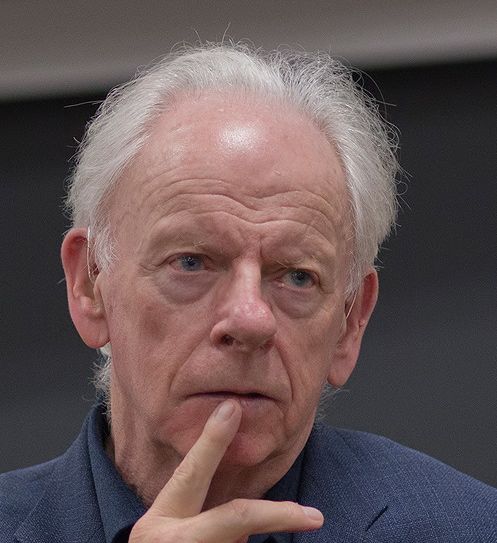77

10.5.1 Teaching as a weak discriminator in media selection
Chapter 8 was exclusively focused on the best uses of each medium. Most teachers and instructors would put the effectiveness of a medium for teaching and learning as the first criterion for media selection. If the technology is not educationally effective, why would you use it? Why do we need the other parts of the SECTIONS model?
However, if a student cannot access or use a technology, there will be no learning from that technology, no matter how useful the educational affordances or how well the medium is designed. Furthermore, motivated teachers will overcome educational weaknesses or shortcomings in a particular technology, or conversely teachers inexperienced in using media will often under-exploit the potential of a medium (such as using video for talking heads).
Similarly, students will respond differently to different technologies due to preferred learning styles or differences in motivation. Students who work hard can overcome poor use of learning technologies. It is not surprising then that with so many variables involved, teaching and learning is a relatively weak discriminator for selecting and using technologies. Access (and ease of use) are stronger discriminators than teaching effectiveness in selecting media. This explains why teaching that does not really exploit the educational affordances of a medium can often still get good results. Nevertheless, ideally one should try to make best use of the pedagogical features of a medium because when it is then combined with the other SECTIONS criteria, the teaching is likely to be more effective.
10.5.2 Questions for consideration
Therefore, it is not enough to focus just on the design of multimedia materials, as important as design is, even considering just the pedagogical context. The choice and use of media need to be related to other factors (what Mayer calls ‘boundary conditions’), such as individual differences between learners, the complexity of the content, and the desired learning outcomes. Thus when considering media from a strictly teaching perspective, the following questions need to be considered:
- Who are my students?
- What content needs to be covered?
- What are the desired learning outcomes from the teaching in terms of skills development?
- What instructional strategies or approaches to learning do I plan using?
- What are the unique pedagogical characteristics of different media (Chapters 8, 9 and 10)? How might different media help with the presentation of content and development of student skills in this course?
- What is the best way to present the content to be covered in this course? How can media help with the presentation of content? Which media for what content?
- What skills am I trying to develop on this course? How can media help students with the development of the requisite skills for this course? Which media for which skills?
- What principles do I need to use when designing multimedia materials for their most effective use?
Working through these questions is likely to be an iterative rather than a sequential process. Depending on the way you prefer to think about and make decisions, it may help to write down the answers to each of the questions, but going through the process of thinking about these questions is probably more important, leaving you with the freedom to make choices on a more intuitive basis, having first taken all these – and other – factors into consideration.
References
Mayer, R. E. (2020) Multimedia Learning (3rd ed). New York: Cambridge University Press.
Activity 10.5
There is no activity for this section – see activities for Chapters 8 and 9

